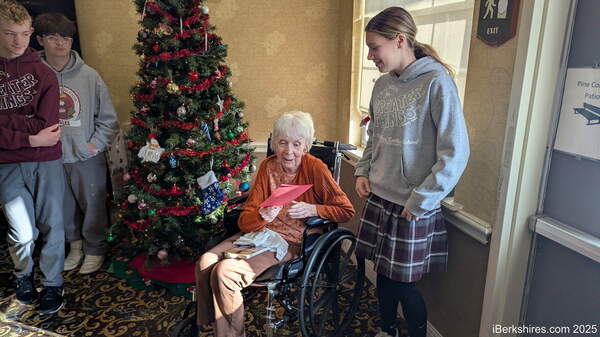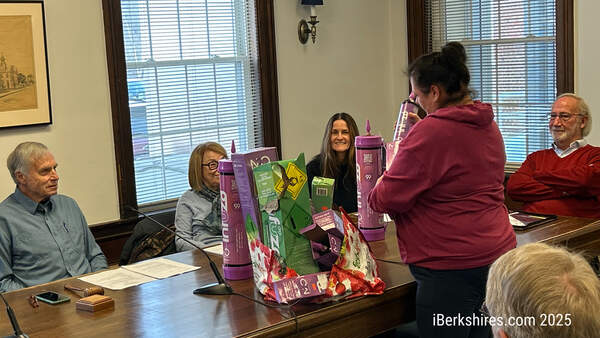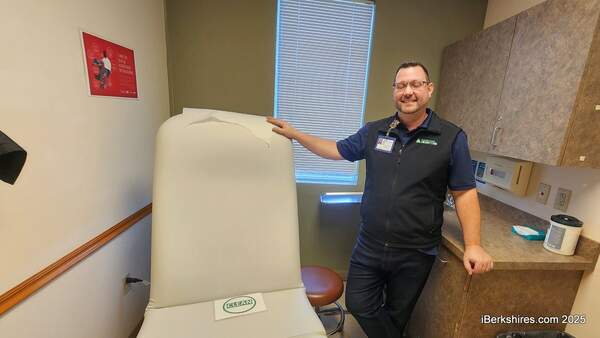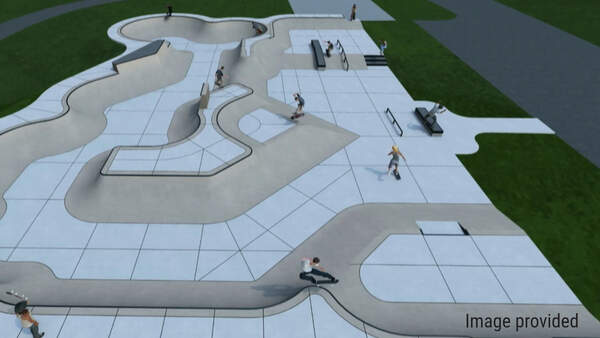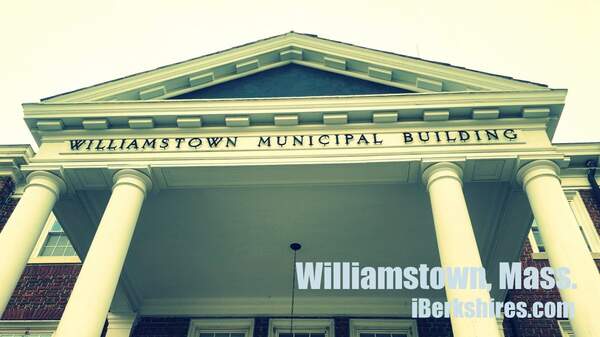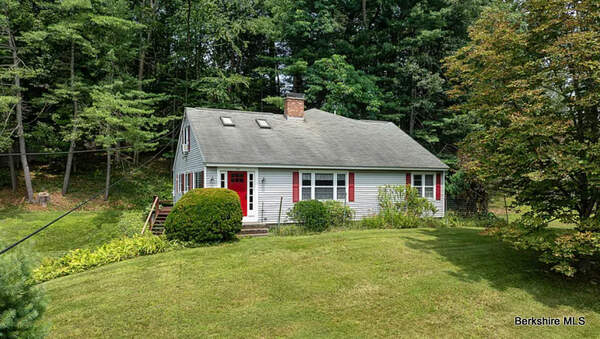Williamstown Public Safety Group Orders More Analysis
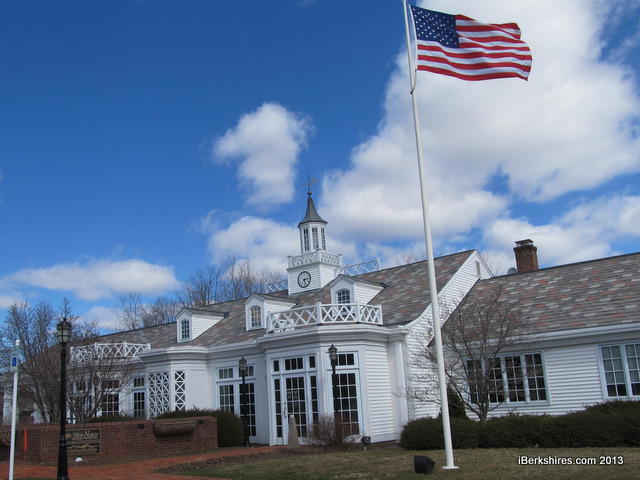 The Public Safety Building Study Committee wants more information on its two prime choices for a combined fire/police station: the former Williamstown Financial Center, above, or the Lehovic property. The Public Safety Building Study Committee wants more information on its two prime choices for a combined fire/police station: the former Williamstown Financial Center, above, or the Lehovic property. |
WILLIAMSTOWN, Mass. — The town's Public Safety Building Study Committee on Monday decided to ask its consultant to do more study on two Main Street properties the committee is considering.
The committee will pay Agawam's Reinhardt Associates $4,000 to look at whether the former home of the Williamstown Financial Center or the Lehovic property would work as the site of a combined police-fire facility.
The consultant has given the town a price of $2,000 per assessment.
"To me, the priority of what I want to know is whether those two work for that," committee member Andrew Hogeland said in making the motion to order the analysis.
The committee was created last year to help develop a plan to replace the town's crowded and outdated police station inside Town Hall. The panel also is charged with seeing whether the town can more economically build a joint police-fire station to accommodate the police — which fall under the jurisdiction of the Selectmen — and the Williamstown Fire District, a separate governmental body with its own power of taxation.
On Monday night, the Public Safety Building Study Committee discussed whether the Lehovic property could be augmented by land from the former Agway lot next door.
According to the town assessor's map, the Agway property is actually eight different continguous parcels.
"They said they want to sell them as one lot, but if we want to break off 1/4-acre lots, they said, 'Make us an offer,' " Hogeland said.
Chairwoman Jane Patton agreed.
"We've been trying to get a sense from the realtor if they want to break those off," she said. "At a mininimum, they're amenable to selling off one or more lots."
The committee also looked Monday at a space needs assessment Reinhardt worked up for a new police station, and the panel experienced "space shock," in the terms of member Daniel Gendron. The consultants estimated the town is looking at a building with more than 11,000 square feet, significantly more than committee members had anticipated.
And there also was some "sticker shock," as Reinhardt estimated the cost of a new police station would be north of $6 million.
"That makes the $9 million for a [fire] building we were looking at seem more realistic, doesn't it?" asked Prudential Committee member Edward Briggs, who serves on the joint town-Fire District Public Safety Building Study Committee.
"Yes," said Dan Gendron, another study committee member and an outspoken critic of the Fire District's efforts to purchase the Lehovic property last year.
Gendron and Briggs had another exchange over the issue of eminent domain. Gendron argued that the committee should not rule out potential sites for a police and/or fire station simply because they are not currently on the market.
"My perception is the town doesn't do things by eminent domain," Hogeland said.
"We may not have another option," Gendron said. "The money's a helluva lot more than what we were talking about. Now we're up to $6 million for a police station. I don't think any option is off the table. If eminent domain has to be discussed, it has to be discussed.
"I think taking that option off the table limits how we think about these projects."
Briggs noted that eminent domain can be a touchy subject.
"When we [in the Fire District] talked about eminent domain, we were criticized by people in this room," he said.
"I was one of them," Gendron said. "And I'm not afraid to admit my mistakes."
Briggs suggested that the committee keep properties not on the market on its list of possible locations but put them at the bottom, an approach accepted by the rest of the committee.
As for the sites that are on the market, the Williamstown Financial Center (the former Howard Johnson's) may have appeal beyond its location.
"It's beautiful office space," Hogeland said. "It's the right size. There are special places that aren't there like cells and sally ports ... but the sense I have from the architect is ... if you buy an office building and put some money into it, it may be far less than this [$6.5 million] estimate."
Tags: fire district, fire station, police station, public safety buildings,
 The Public Safety Building Study Committee wants more information on its two prime choices for a combined fire/police station: the former Williamstown Financial Center, above, or the Lehovic property.
The Public Safety Building Study Committee wants more information on its two prime choices for a combined fire/police station: the former Williamstown Financial Center, above, or the Lehovic property.
